TABLE OF CONTENTS
Growing cannabis outdoors can provide you with a bountiful harvest. However, you may have to protect your plants against harsh natural elements. Heavy rain during the flowering stage can take a toll on your cannabis buds. Will rain hurt my buds when growing weed?
What Does Heavy Rain Do to Cannabis?
Rain can naturally water your landscape but can also lead to many issues when it pours. A few days of light rain or some morning dew is usually not a problem for most cannabis plants. However, several days of heavy rain can wreak havoc on plants.
Forceful winds and downpours can break branches, remove mulch, erode soil, increase soil compaction when muddy, and increase the risk of fungal infections.
Heavy rains can overwater your plants and affect the soil’s pH. If left unprotected from the rain, plants can suffer from nutrient deficiencies, such as phosphorus deficiency, common in overwatered growing mediums.
How to Protect Cannabis from Rain
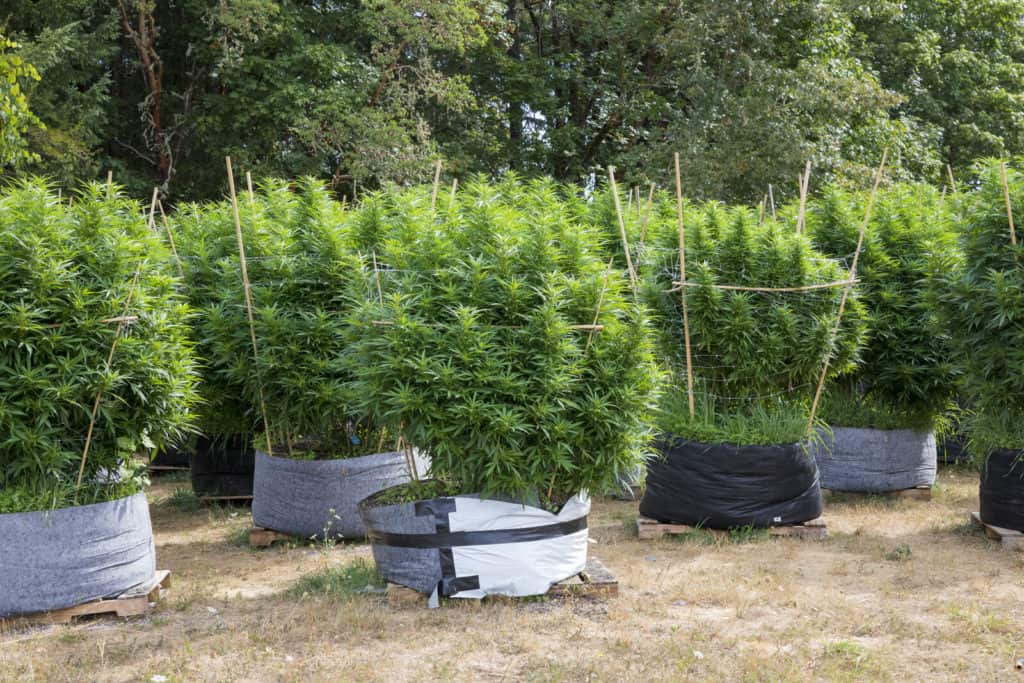
Growing cannabis outdoors does not have to be stressful during the rainy season. There are many ways you can protect your marijuana plants from heavy rain damage, whether it’s bud rot or broken branches.
Choose Hardy Genetics
Before you start growing, select cannabis seeds that thrive in outdoor environments. Choose outdoor-friendly cannabis seeds with high resistance to pests and disease and high humidity tolerance since outdoor plants can be at a higher risk of developing mold when it rains.
Know Your Terroir
Cannabis terroir (sounds like “tehr-waar”) refers to the plant’s natural environment, including its climate, soil, and topography. Research your region’s plant hardiness zone and refer to the Farmers’ Almanac for long-range weather forecasts to prepare for the rainfall.
Apply Fungicides Early
Preventive fungicides with Bacillus subtilis applied during the vegetative stage can gradually produce antibiotics that reduce fungi and limit the damage caused by powdery mildew and Botrytis cinerea (gray mold) during the flowering stage.
Grow in Pots
Growing plants in pots gives you the flexibility and mobility to move them as needed to a protected area. Ensure you can provide your plants with the appropriate lighting and air circulation when moving them indoors to avoid stressing them out.
Cover Your Plants
Protect your plants with a greenhouse set-up, hoop house with a large tarp, beach umbrella, or a portable DIY canopy. Avoid covering them up with trash bags since this can increase the humidity inside the bags and the risk of mold.
Improve Canopy Airflow
Bushy plants with many wet leaves can be at high risk for mold. Reduce the risk by properly spacing the plants from the start and removing some leaves from the lower part of the canopy during flowering to improve the airflow within.
Gently Shake Your Plants
If your plant gets rained on, you can gently shake the plants to remove the water, speeding up the plant’s drying time. If you have a more extensive garden or want to speed up the process, use a leaf blower to remove the water.
Inspect Your Buds
After rain or during seasons with high humidity, keep a close eye on your plants. Check your buds daily for signs of mold or other illnesses or infestations. Staying on top of your plant’s health can prevent a complete outbreak and total loss of buds.
Support the Branches
Cannabis plant branches loaded with heavy and dense buds can break off with intense rain if left unsupported. Protect your plant by trellising and staking heavy branches before the downpour comes.
Use Mulch
Applying mulch over the soil can reduce compaction, which occurs when it rains and gets muddy. Walking over the muddy ground can make it hard for the roots to grow healthy plants. After the rain, you can remove the mulch to allow the soil to drain faster.
Apply Potassium Bicarbonate
Applying potassium bicarbonate up to the second week of flowering can help eliminate fungal spores and increase the plant’s resistance to them if they return. Potassium bicarbonate can increase the pH of the plant’s leaf surface.
“
There are over 300,000 jobs in the cannabis industry. CTU trained me for one of them!

Makes $24.50 @ THC +
Do Not Harvest Wet Buds
Wait until the foliage is completely dry to harvest. If harvesting wet buds, avoid keeping them close together for extended periods when drying. Keeping them close can increase the spread of mold.
Become a Better Outdoor Cannabis Grower with CTU
Cannabis Training University provides a complete cannabis education for a reasonable price. Earn 10 certificates, including the Outdoor Marijuana certificate and certificates on cannabis cooking, extraction, budtending, business, medicine, and indoor cultivation. Enroll today!

Fred Hernandez
Fred Hernandez is a highly accomplished and versatile writer, boasting an extensive background in the cannabis industry. With an in-depth understanding of various sectors including cultivators, processors, retailers, and brands, Fred's expertise spans across the entire cannabis landscape. As a prominent contributor to CTU, he consistently delivers insightful articles exploring the latest developments, news, and regulations shaping the cannabis industry. Whether it's delving into the intricacies of cannabis products, cannabis strain reviews, or providing comprehensive analyses of cannabis laws, or sharing expert insights on cannabis cultivation techniques, Fred's wealth of knowledge positions him as an invaluable writer and educator for all cannabis-related subjects.







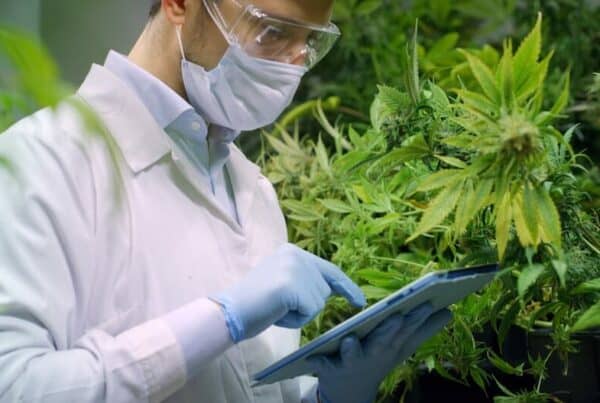
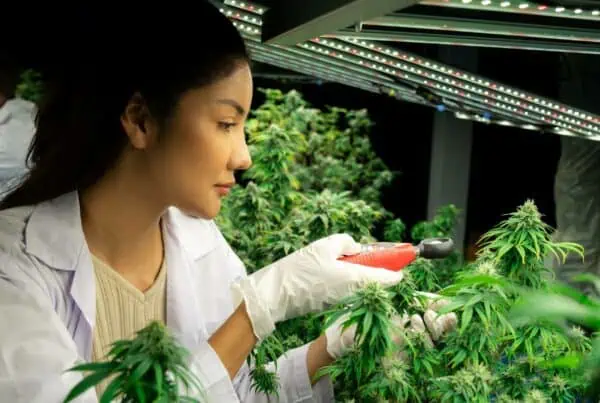
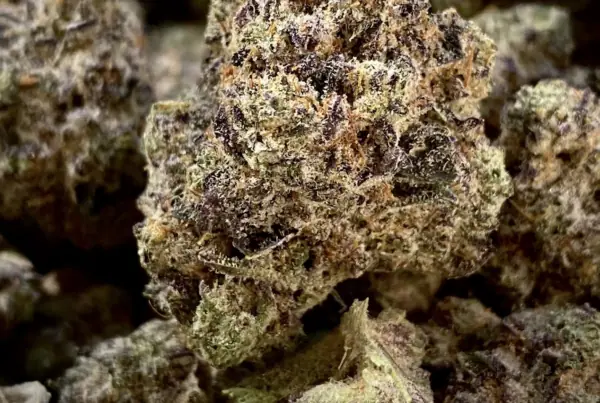
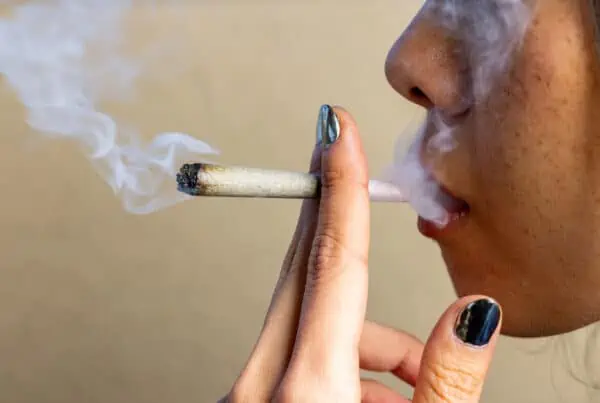

 Jeff was involved in an accident where he endured a traumatic brain injury. He had a week-long stay in ICU where brain surgeons
Jeff was involved in an accident where he endured a traumatic brain injury. He had a week-long stay in ICU where brain surgeons  100% risk free money back guarantee within 48 hours after purchase if student has not completed any of the courses or exams.
100% risk free money back guarantee within 48 hours after purchase if student has not completed any of the courses or exams.